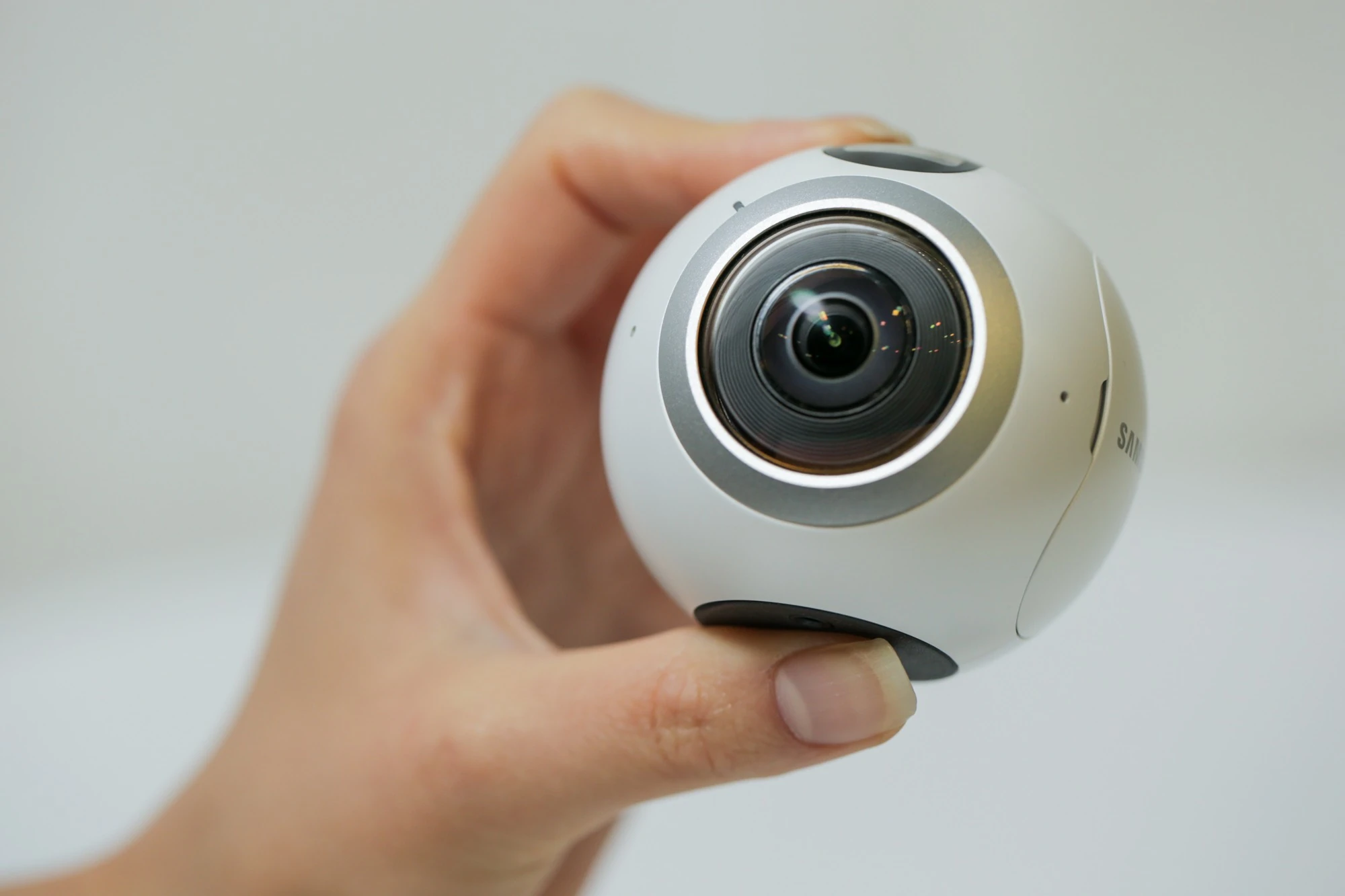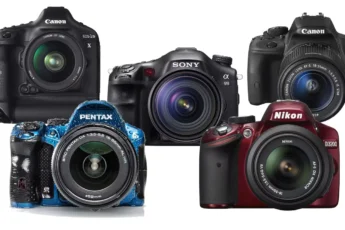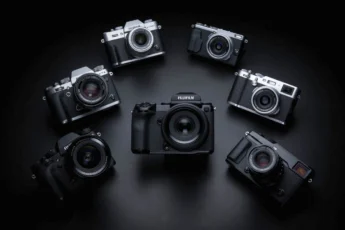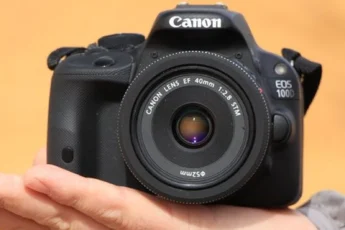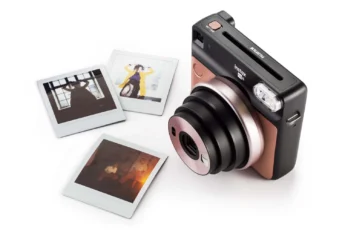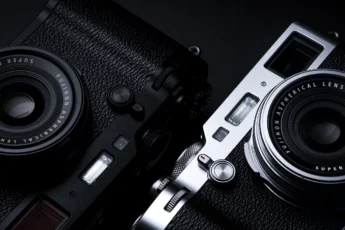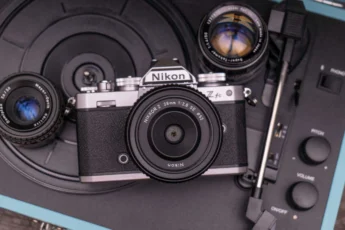In recent years, 360 cameras have revolutionized the way real estate professionals showcase properties. These innovative devices capture immersive, panoramic images and videos, allowing potential buyers to experience a space as if they were physically present. With the ability to create interactive virtual tours, 360 cameras have become an essential tool in the real estate industry. As technology continues to advance, the market for 360 cameras has grown exponentially, offering a wide range of options for photographers and real estate agents alike.
The history of 360 cameras dates back to the early 2000s, when the first consumer-level panoramic cameras were introduced. However, it wasn’t until the mid-2010s that 360 cameras truly gained popularity, thanks to the rise of virtual reality and the increasing demand for immersive content. Today, 360 cameras are more accessible and user-friendly than ever before, making it easier for real estate professionals to create stunning virtual tours that captivate potential buyers.
- Importance of Choosing the Right 360 Camera
- Factors to Consider When Selecting a 360 Camera
- Top 5 360 Cameras for Real Estate Virtual Tours
- Insta360 X3 360-Degree Camera
- Features and Benefits
- Best Use Cases
- GoPro Max
- Features and Benefits
- Best Use Cases
- Insta360 One RS
- Features and Benefits
- Best Use Cases
- Insta360 Pro 2
- Features and Benefits
- Best Use Cases
- Ricoh Theta SC2
- Features and Benefits
- Best Use Cases
- Comparison of 360 Cameras for Real Estate Photography
- Price Analysis
- Technical Specifications
- User Reviews and Ratings
- Tips for Using 360 Cameras in Real Estate Photography
- Setting Up Shots Effectively
- Enhancing Virtual Tours with 360 Cameras
- Troubleshooting Common Issues
- Conclusion and Recommendations
Importance of Choosing the Right 360 Camera
When it comes to real estate photography, choosing the right 360 camera is crucial. A high-quality 360 camera can make all the difference in creating a compelling virtual tour that showcases a property in its best light. Factors such as image quality, stitching capabilities, ease of use, and compatibility with virtual tour platforms should all be considered when selecting a 360 camera.
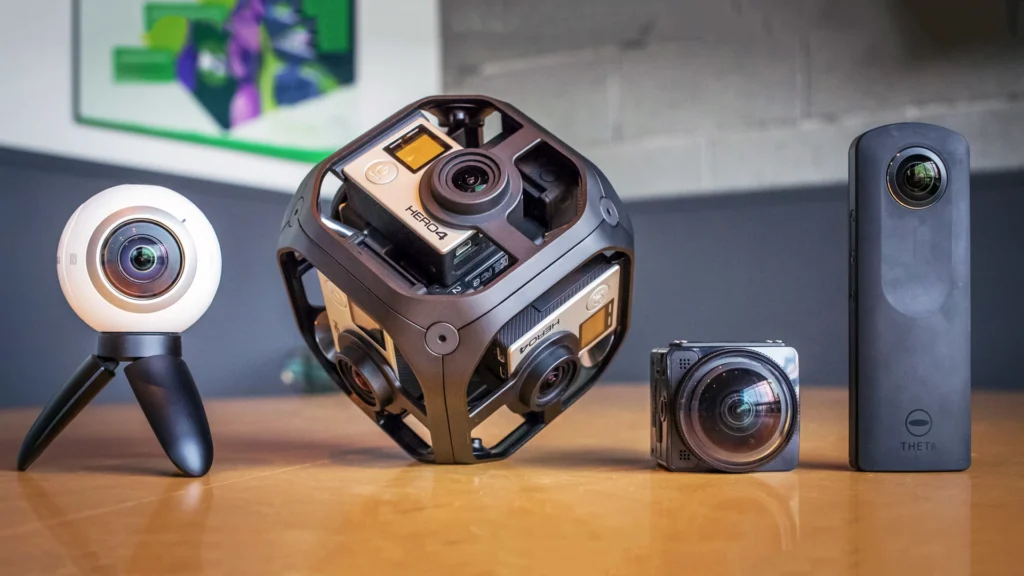
Image quality is perhaps the most important factor to consider. A 360 camera with a high resolution and excellent low-light performance will ensure that your virtual tours are sharp, clear, and visually appealing. Stitching capabilities are also essential, as a camera that can seamlessly stitch together multiple images will create a more immersive and realistic experience for viewers. Ease of use is another key consideration, especially for those who are new to 360 photography. A camera with a user-friendly interface and intuitive controls will make the learning curve much smoother. Finally, compatibility with virtual tour platforms is crucial to ensure that your tours can be easily shared and viewed by potential buyers.
Factors to Consider When Selecting a 360 Camera
When choosing a 360 camera for real estate photography, there are several specific factors to keep in mind. These include:
- Sensor size: A larger sensor will generally produce higher-quality images with better low-light performance.
- Resolution: Look for a camera with at least 4K resolution to ensure sharp, detailed images.
- Field of view: A wider field of view will capture more of the space in a single shot, reducing the number of images needed to create a complete virtual tour.
- Low-light performance: Real estate photography often involves shooting in dimly lit spaces, so a camera with good low-light capabilities is essential.
- Video capabilities: If you plan to create video tours, look for a camera that can shoot high-quality video in addition to still images.
- Durability: A camera that can withstand the rigors of frequent use and travel is important for real estate professionals who are always on the go.
- Ease of post-processing: Consider a camera that comes with user-friendly software for stitching and editing your 360 images and videos.
Top 5 360 Cameras for Real Estate Virtual Tours
With so many 360 cameras on the market, it can be challenging to know which one is right for your real estate photography needs. Here are our top 5 picks:
Insta360 X3 360-Degree Camera
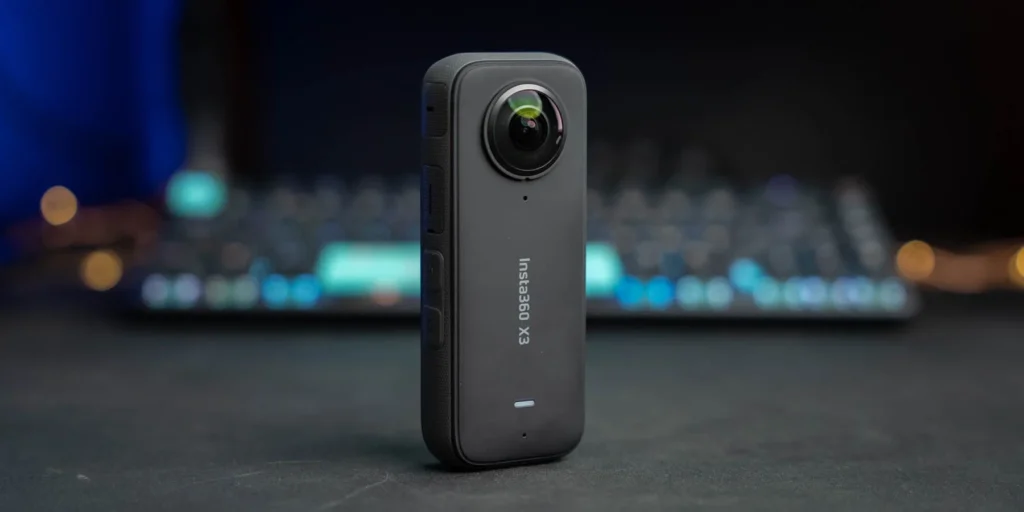
Features and Benefits
The Insta360 X3 is a top-of-the-line 360 camera that offers an impressive array of features for real estate photographers. With a resolution of 5.7K and advanced FlowState stabilization, this camera captures stunningly detailed and smooth footage. The X3 also boasts AI-powered editing tools that make post-processing a breeze, as well as waterproofing and a variety of mounting options for versatile shooting.
Best Use Cases
The Insta360 X3 is an excellent choice for real estate professionals who want the highest-quality 360 images and videos. Its advanced features and versatility make it well-suited for creating immersive virtual tours of high-end properties, as well as for shooting in challenging environments such as outdoor spaces or waterfront homes.
GoPro Max
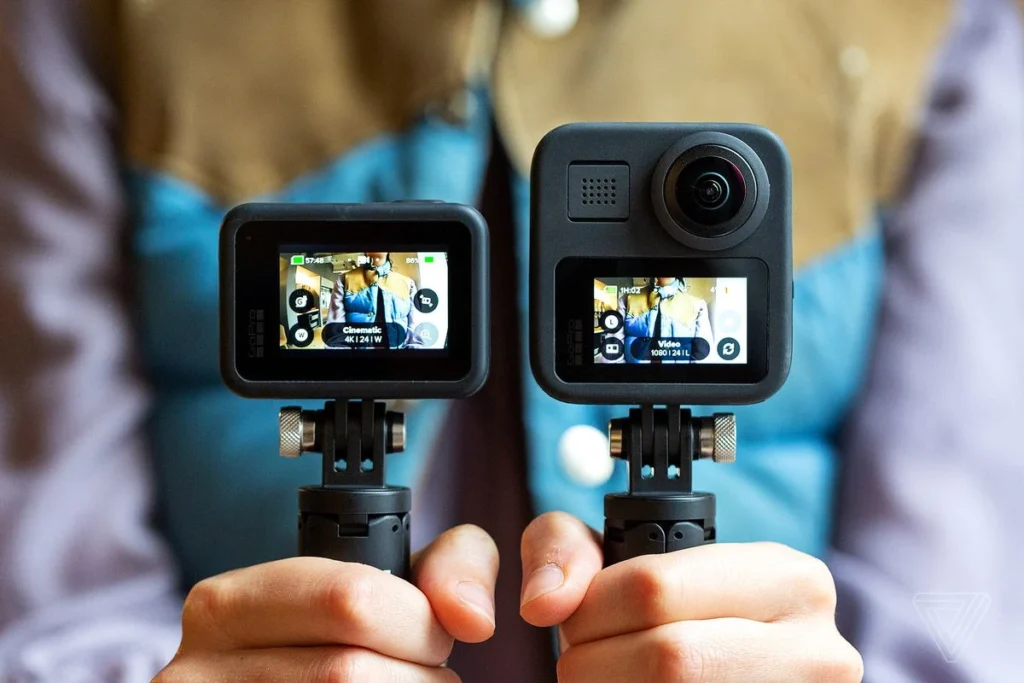
Features and Benefits
The GoPro Max is a rugged and versatile 360 camera that is perfect for real estate professionals who need a durable device that can handle any shooting situation. With a resolution of 5.6K and advanced HyperSmooth stabilization, the Max captures smooth and detailed footage, even in challenging conditions. It also features a built-in touchscreen for easy control and a variety of shooting modes, including PowerPano for ultra-wide panoramic shots.
Best Use Cases
The GoPro Max is an excellent choice for real estate photographers who need a camera that can withstand the elements. Its rugged design and waterproofing make it ideal for shooting outdoor spaces, while its advanced stabilization ensures smooth footage even when shooting on the move.
Insta360 One RS
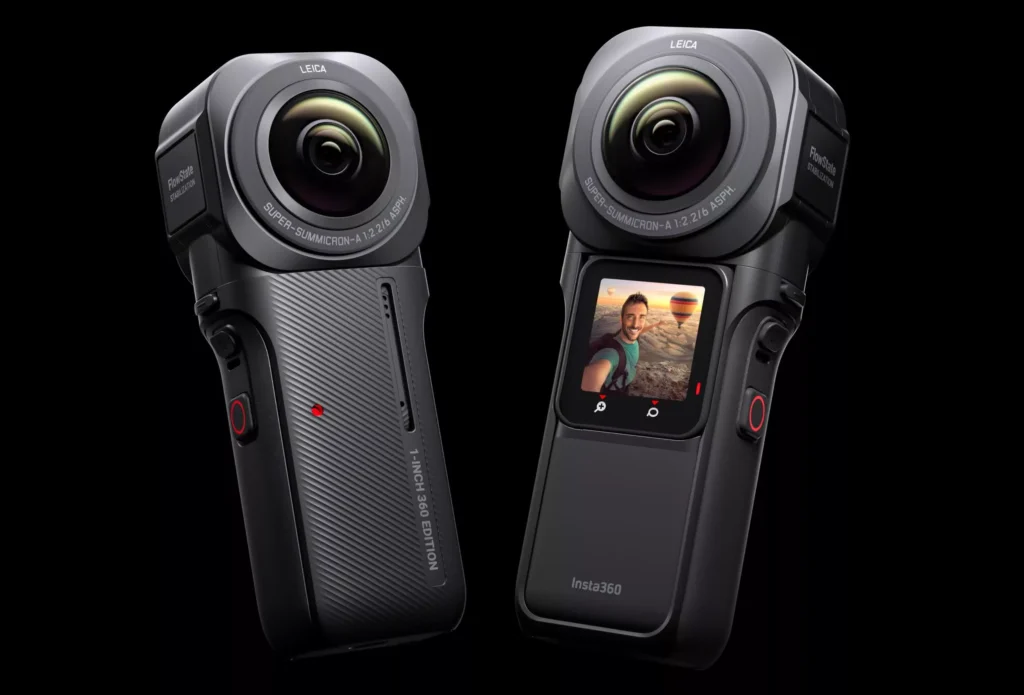
Features and Benefits
The Insta360 One RS is a modular 360 camera that offers a unique blend of versatility and performance. With interchangeable lenses and a compact, lightweight design, the One RS can adapt to a variety of shooting situations. It also features FlowState stabilization and AI-powered editing tools for easy post-processing.
Best Use Cases
The Insta360 One RS is an excellent choice for real estate photographers who value flexibility and portability. Its modular design allows for easy customization, while its compact size makes it ideal for shooting in tight spaces or on the go.
Insta360 Pro 2
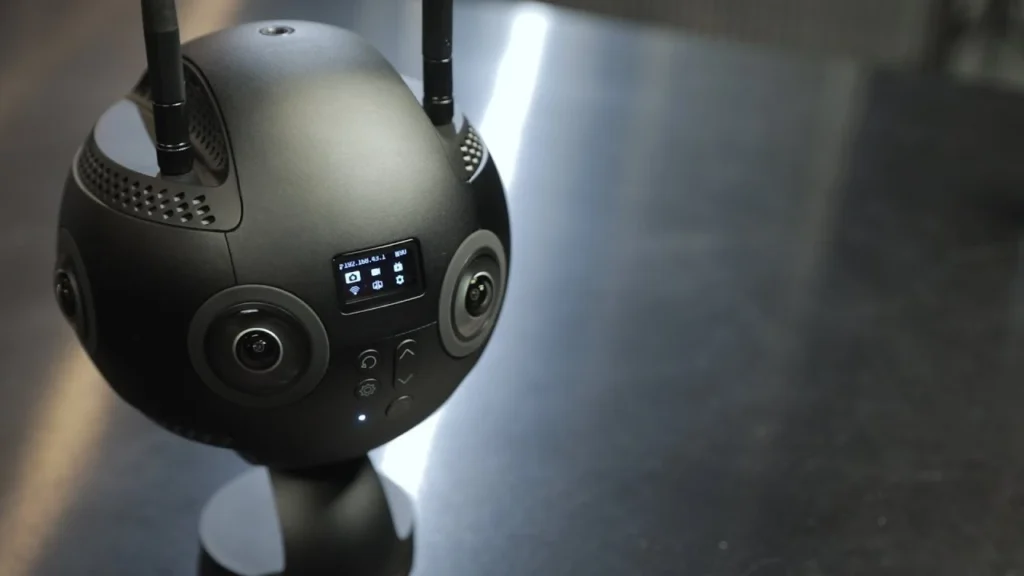
Features and Benefits
The Insta360 Pro 2 is a professional-grade 360 camera that offers unparalleled image quality and features. With a resolution of 8K and six onboard cameras, the Pro 2 captures incredibly detailed and immersive footage. It also features advanced stabilization, live streaming capabilities, and compatibility with a range of professional accessories.
Best Use Cases
The Insta360 Pro 2 is best suited for high-end real estate photography and virtual tours. Its advanced features and professional-grade performance make it ideal for showcasing luxury properties and creating truly immersive experiences for potential buyers.
Ricoh Theta SC2
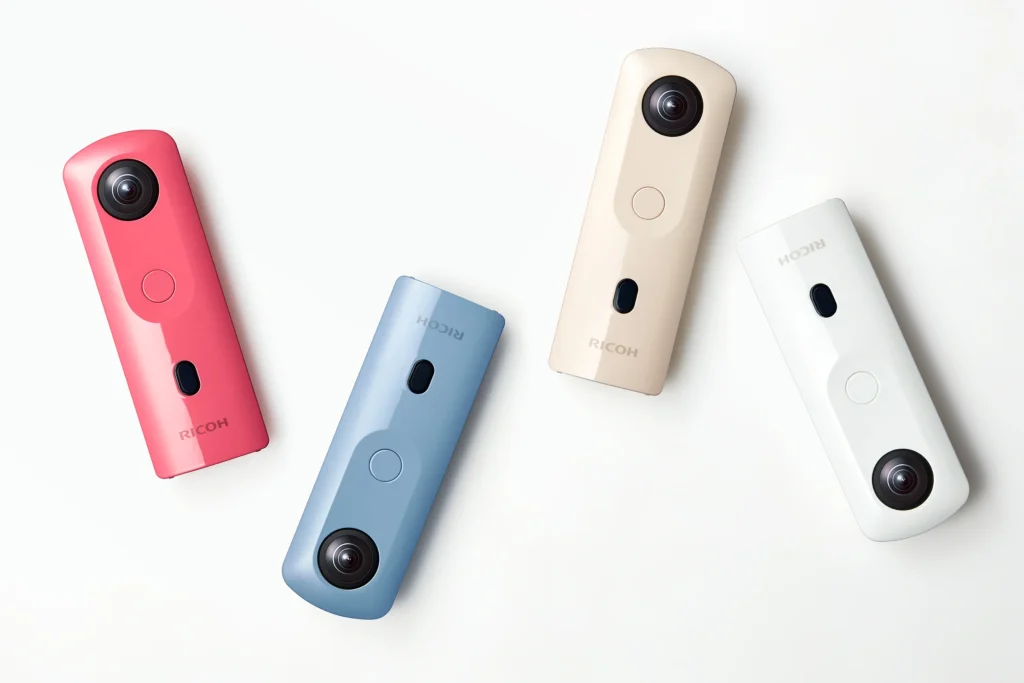
Features and Benefits
The Ricoh Theta SC2 is a user-friendly and affordable 360 camera that is perfect for real estate professionals who are new to 360 photography. With a resolution of 4K and simple one-button operation, the SC2 makes it easy to capture high-quality 360 images and videos. It also features built-in editing tools and compatibility with a range of virtual tour platforms.
Best Use Cases
The Ricoh Theta SC2 is an excellent choice for real estate photographers who are just starting out with 360 photography. Its ease of use and affordability make it a great entry-level option, while its 4K resolution ensures high-quality results.
Comparison of 360 Cameras for Real Estate Photography
To help you choose the best 360 camera for your real estate photography needs, let’s take a closer look at how these top 5 cameras compare in terms of price, technical specifications, and user reviews.
Price Analysis
In terms of price, the Insta360 X3 and GoPro Max are both priced at around $500, making them a mid-range option for real estate photographers. The Insta360 One RS is slightly more affordable at around $400, while the Ricoh Theta SC2 is the most budget-friendly option at around $300. On the other end of the spectrum, the Insta360 Pro 2 is a professional-grade camera with a price tag of around $5,000.
Technical Specifications
When it comes to technical specifications, the Insta360 X3 and Pro 2 stand out with their high resolutions of 5.7K and 8K, respectively. The GoPro Max and Insta360 One RS both offer a resolution of 5.6K, while the Ricoh Theta SC2 has a resolution of 4K. All five cameras feature advanced stabilization technology, with the GoPro Max and Insta360 cameras using their proprietary HyperSmooth and FlowState stabilization.
User Reviews and Ratings
User reviews and ratings can provide valuable insights into the real-world performance and usability of these 360 cameras. The Insta360 X3 and GoPro Max both have high ratings and positive reviews, with users praising their image quality, stabilization, and ease of use. The Insta360 One RS and Pro 2 also have positive reviews, with users noting their versatility and advanced features. The Ricoh Theta SC2 has mixed reviews, with some users praising its simplicity and others noting its limited manual controls.
Tips for Using 360 Cameras in Real Estate Photography
Now that you’ve chosen the best 360 camera for your real estate photography needs, here are some tips for getting the most out of your device:
Setting Up Shots Effectively
- Position the camera at a height that captures the most important features of the space, typically around eye level.
- Use a tripod or stand to ensure stable footage and avoid blurring or distortion.
- Capture multiple angles of each room to provide a comprehensive view of the space.
- Pay attention to lighting and adjust your camera settings accordingly to avoid overexposure or underexposure.
Enhancing Virtual Tours with 360 Cameras
- Use your 360 camera to create interactive virtual tours that allow potential buyers to explore a property at their own pace.
- Incorporate hotspots or annotations to highlight key features or provide additional information about the space.
- Use high-quality images and videos to create a visually appealing and immersive experience.
- Ensure that your virtual tours are easily accessible and compatible with a range of devices and platforms.
Troubleshooting Common Issues
- If your 360 images or videos are blurry or distorted, try using a tripod or stand to keep the camera stable.
- If your footage is overexposed or underexposed, adjust your camera settings or use exposure bracketing to capture multiple exposures.
- If your camera is having trouble stitching images together, try capturing fewer images or adjusting your shooting angle.
- If you’re experiencing compatibility issues with virtual tour platforms, ensure that your camera’s output format is supported and consider using third-party stitching software.
Conclusion and Recommendations
In conclusion, choosing the right 360 camera for real estate photography can make a significant difference in the quality and effectiveness of your virtual tours. By considering factors such as image quality, ease of use, and compatibility with virtual tour platforms, you can select a camera that meets your specific needs and budget
When comparing the top 360 cameras for real estate photography, the Insta360 X3 and GoPro Max stand out as excellent all-around options, offering high resolution, advanced stabilization, and user-friendly features at a reasonable price point. The Insta360 One RS is a great choice for those who value versatility and portability, while the Insta360 Pro 2 is the top choice for professionals who demand the highest quality and advanced features. For those just starting out with 360 photography, the Ricoh Theta SC2 offers an affordable and easy-to-use option.
Ultimately, the best 360 camera for your real estate photography needs will depend on your specific requirements and budget. By carefully considering the factors outlined in this guide and comparing the features and performance of the top cameras on the market, you can make an informed decision and start creating stunning virtual tours that showcase properties in their best light.
Remember to always prioritize image quality, ease of use, and compatibility with your preferred virtual tour platforms when selecting a 360 camera. And don’t forget to put your camera to the test by experimenting with different shooting techniques and post-processing tools to find what works best for you.
With the right 360 camera and a bit of practice, you’ll be well on your way to creating immersive and engaging virtual tours that help you stand out in the competitive world of real estate photography.

